Finding Color in the Rain: A Week at Momorangi Bay
A personal account of daily forest walks, interesting fungi discoveries, and the quiet joy of mushroom photography in wet, fern-covered terrain.
It’s pouring here in Momorangi Bay. The rain is testing my tent, but I’ve made the most of it. Each day for the past week, I’ve walked the same forest loop. Every outing gave me something worth photographing.
The best find? My wife spotted it at the base of a fern tree. I’d been searching for hours, and then she casually sent me a photo while I was back at camp: “Look what I found.” Of course, it was Gliophorus viridis.





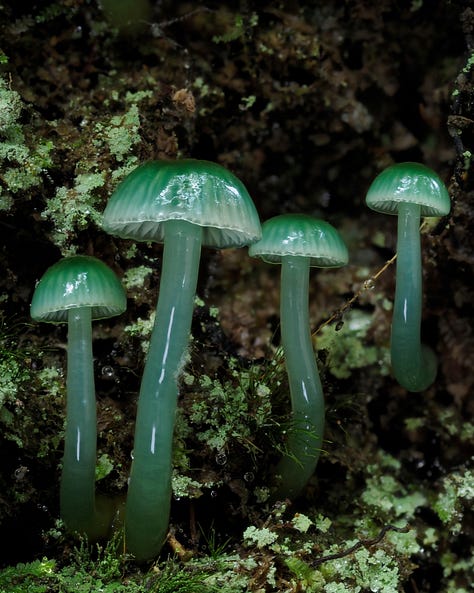
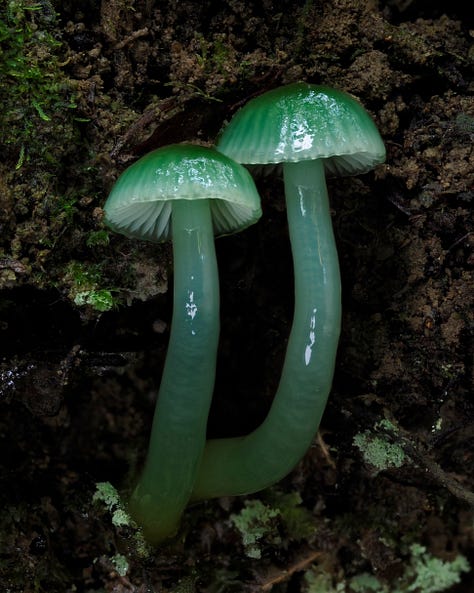
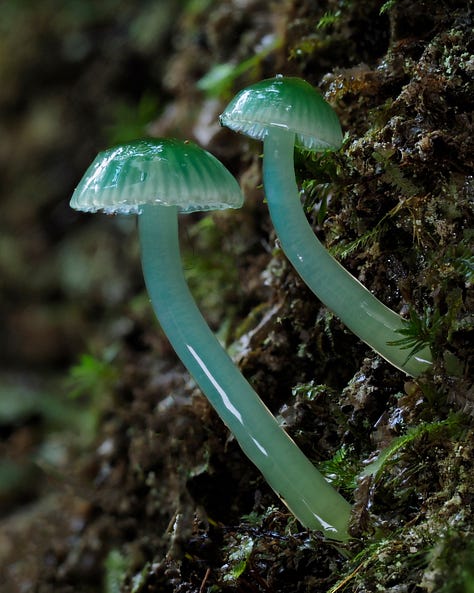

Green waxcaps are rare to me, or well-camouflaged. I spent time shooting them, noticing how they stand out or blend in depending on the light and angle. The trail felt like walking through a forest of traffic lights: red, yellow, green. Waxcaps were everywhere.
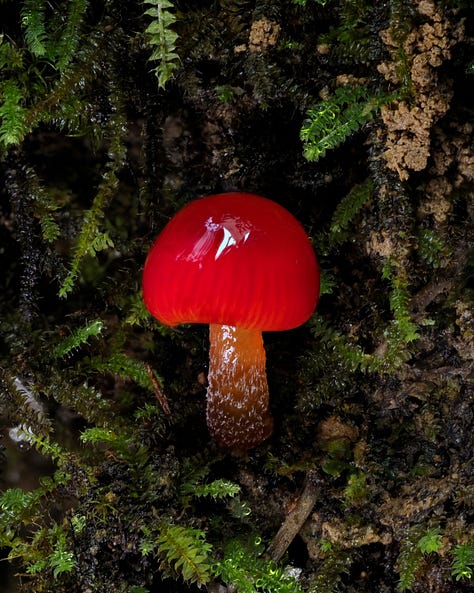


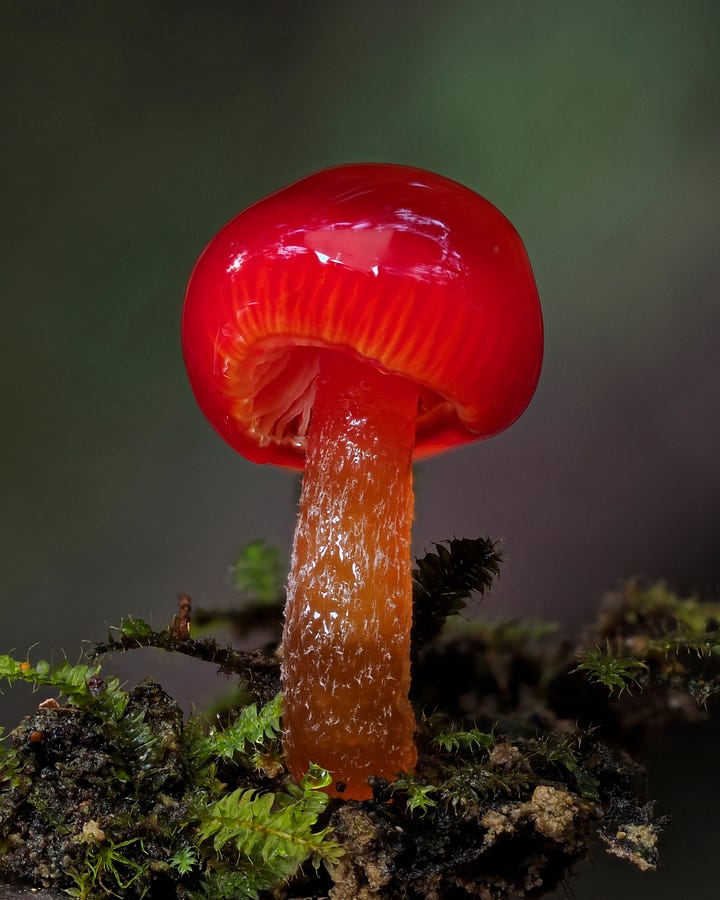

Most of my time was spent inspecting ponga (tree ferns), kānuka on the lower slopes, and mānuka on the upper slopes. The understory was starting to show early broadleaf species, including five-finger, māhoe, kāmahi, kōhūhū, and rangiora. I also found small patches of hard beech and signs of kahikatea, pukatea, and tawa.
Off the main track, across a stream, I hopped on stones and boulders and found the most texture and color. Bright pink-purple Clavulinopsis stood out on the embankment. I’d seen smaller ones growing solo, but this cluster was the best.
I climbed up the embankment to a smaller side trail, passing a few traps and pipes. On a mound of black fern fronds, I spotted one of my favorites: Tympanella galanthina.
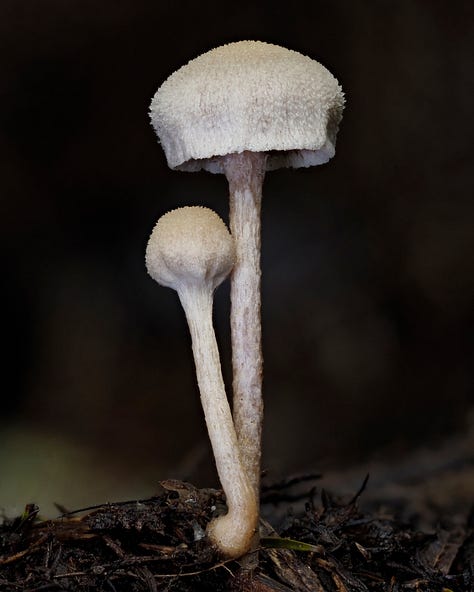




This species is monotypic, the only one in its genus. The name likely comes from its resemblance to a snowdrop (Galanthus). "Galan" means milk, and "anthos" means flower.
To me, I call them Q-Tips as they look like cotton buds, and it happens to be commonly called the cottonbud pouch (a secotioid fungus). I found every stage, from small, tight, pouch-like caps to mature fruiting bodies with exposed rusty-cinnamon gills.
Within the same family (Bolbitiaceae) as T. galanthina, nearby, I also found Bolbitius muscicola, characterized by its sticky, reflective cap.
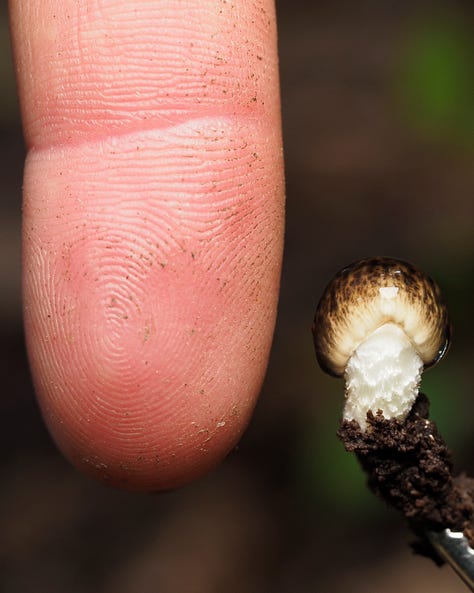
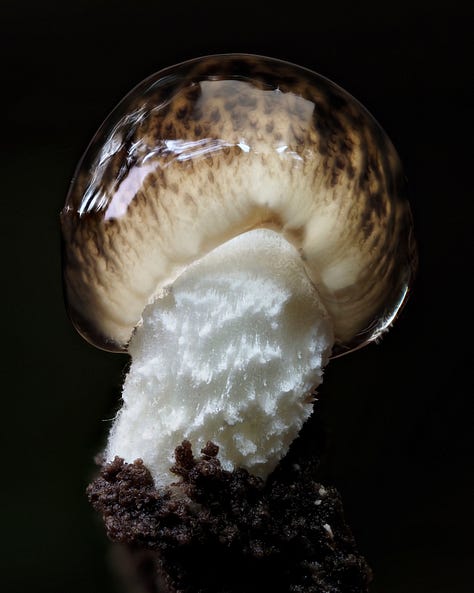
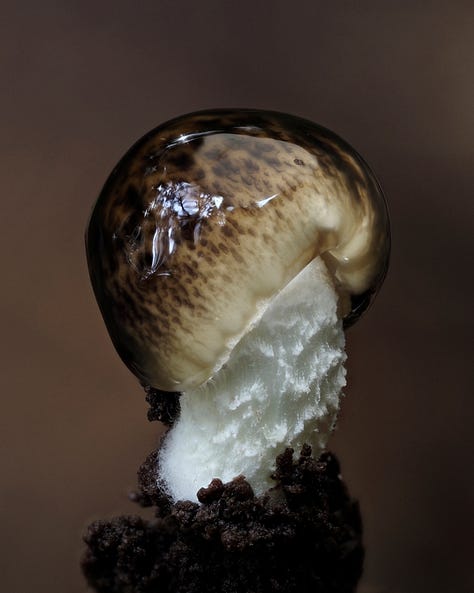
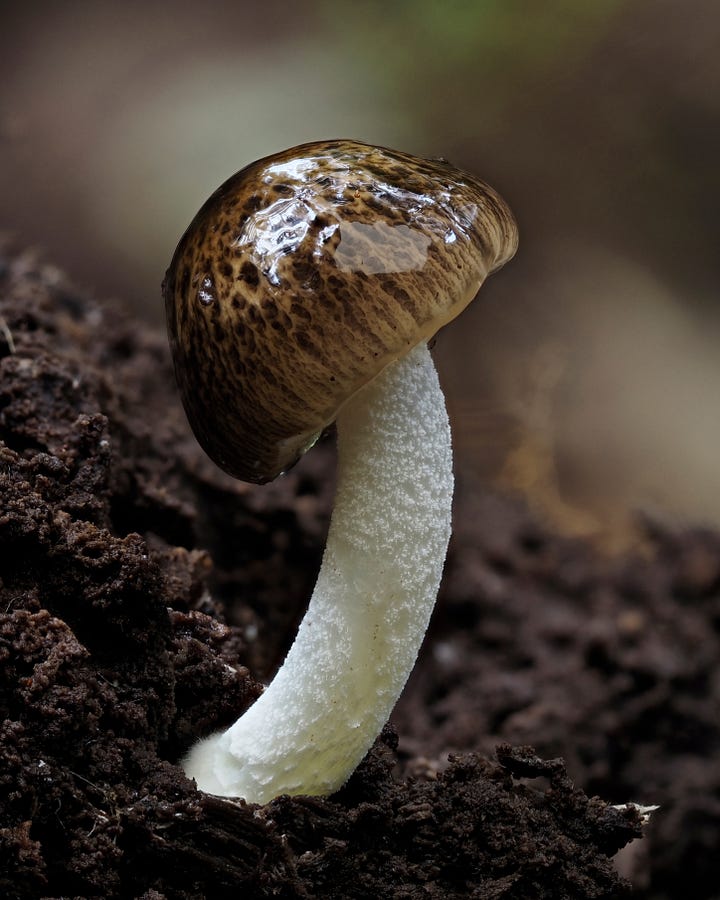

Then I spotted what I thought was another T. galanthina, but it had spiny, light-colored fibrils. It turned out to be Psathyrella echinata.
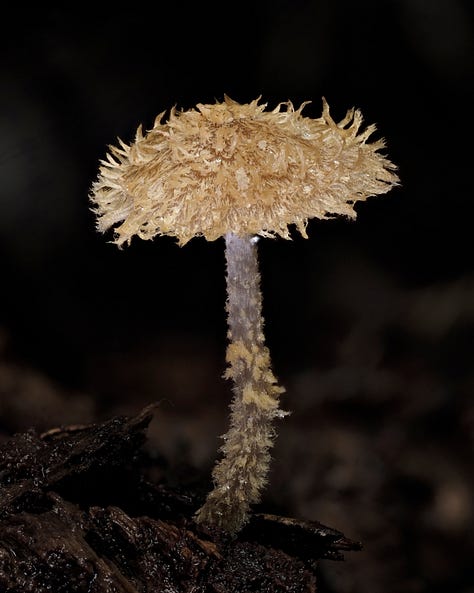


The rain started pushing through the canopy. I used my diffuser as an umbrella for my camera. Soaked, but by this point, not really caring about the elements. I feel like sometimes, while mushroom hunting, I leave my body behind. And as my friend had told me before, a little rain doesn’t hurt; we’re not made of sugar!
I kept walking and came across a mint-condition Cortinarius rotundisporus, the Elegant Blue Webcap. Out of all the webcaps, this one is among my favorites. Its cap features an egg-yolk center, shades of light to deep blue, and pink gills underneath. When the veil breaks, a rusty ring often forms around the stem from the spore deposit.
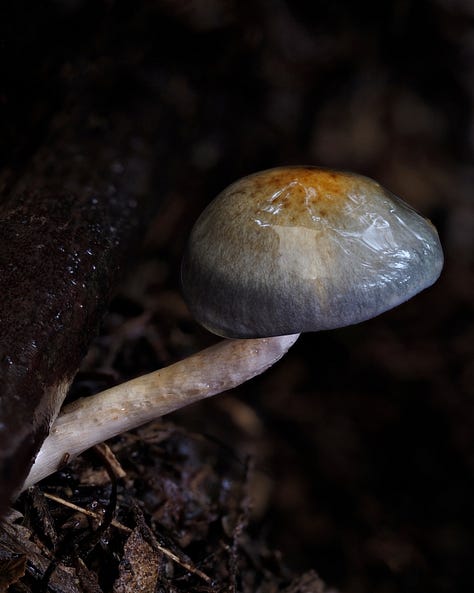
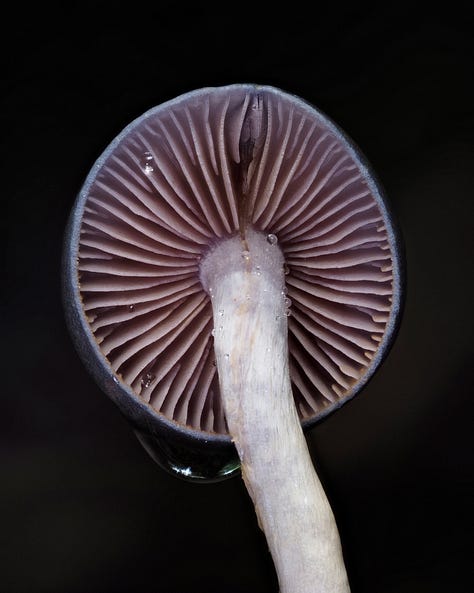
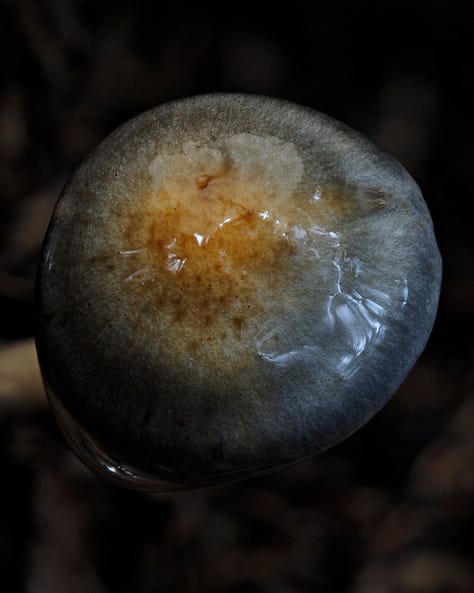
I stayed focused on the fern trees. On one, I found lemon-lime mushrooms with yellow-edged gills.
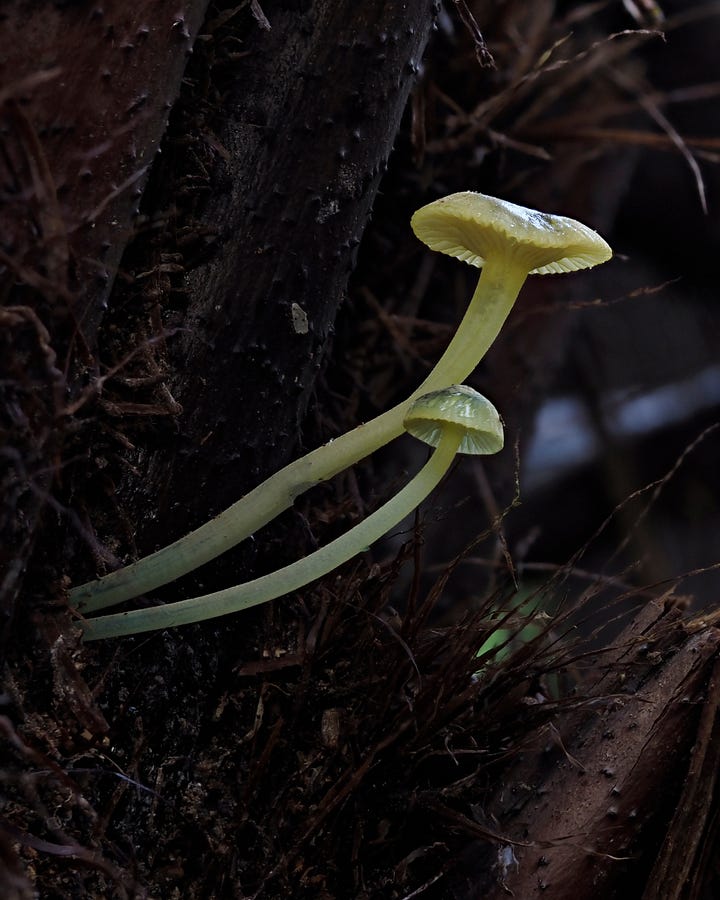

Underneath, a white mycelial mat was dotted with red and amber droplets. The fruiting body was Mycena mamaku, which grows only on the black tree fern (Cyathea medullaris), New Zealand’s tallest fern (which can reach up to 20 meters). Another look-alike, which I hope to find again, is Mycena sp. ‘Erua’, which my friend Liu Yang discovered to be bioluminescent.

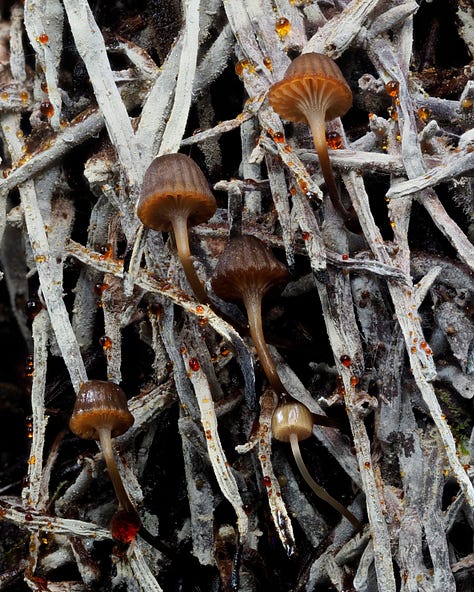
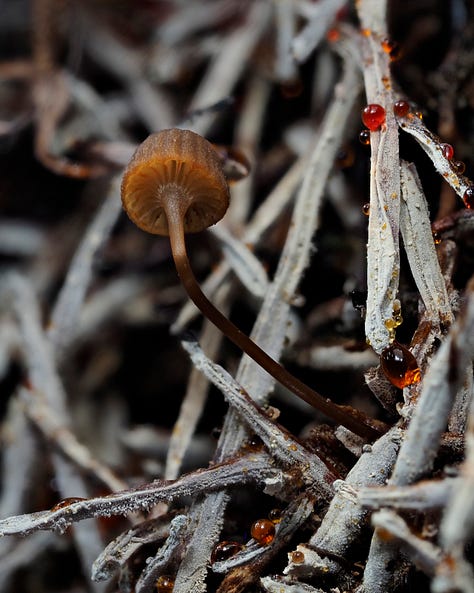
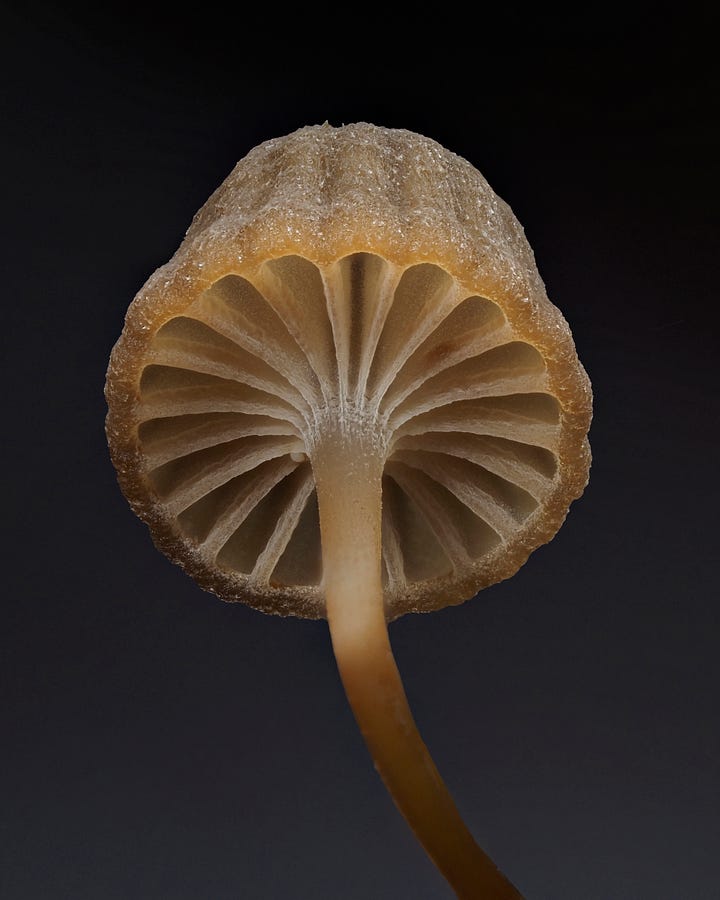
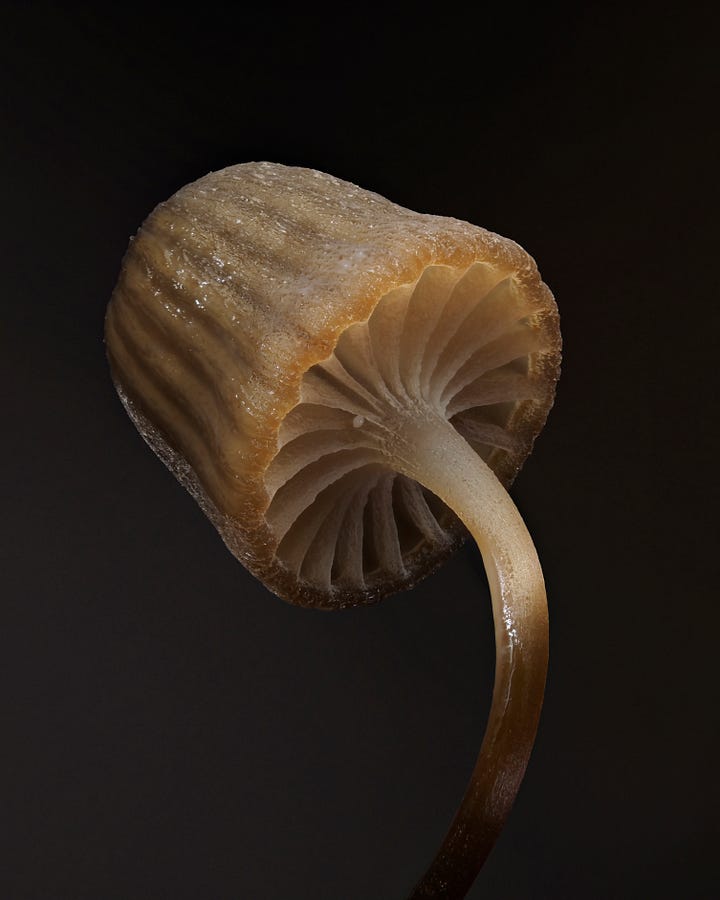
Looking closer, I noticed moss around a fern base with tiny white dots. These small Physalacriaceae lacked gills and were smooth underneath. Their spores appeared crystalline under the lens. Photographing them took more time, patience, and gear, but I figured it was worth it (although being hunched over, I really need to work on my posture!).
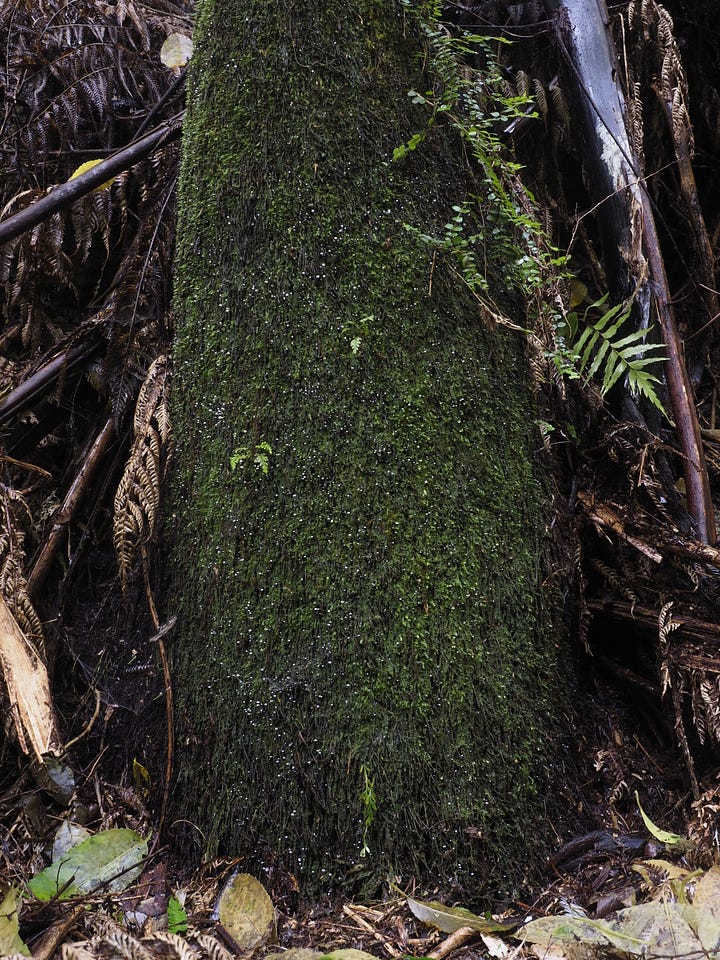
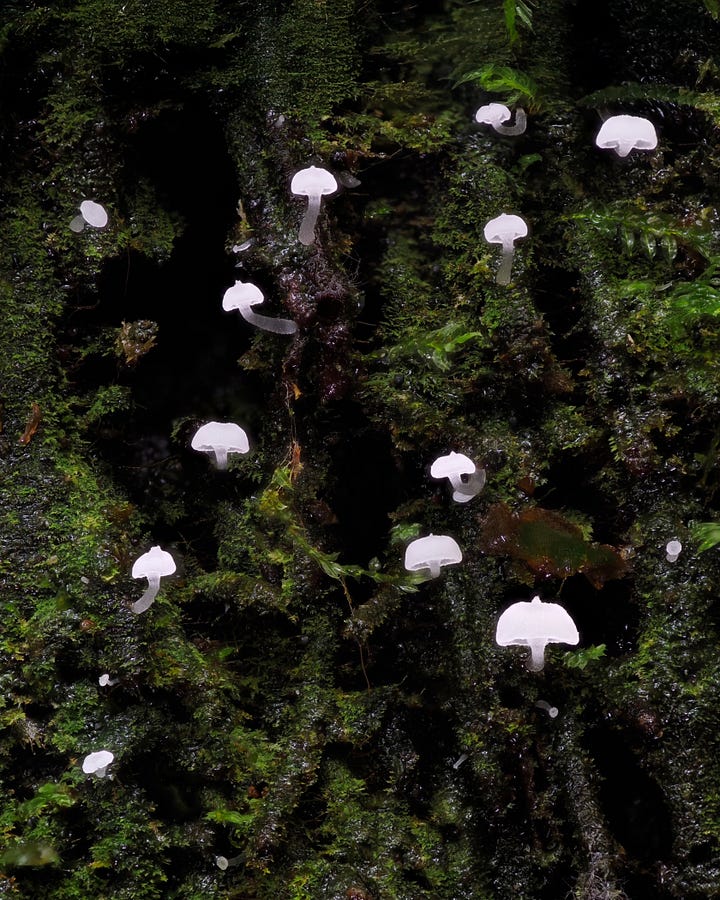
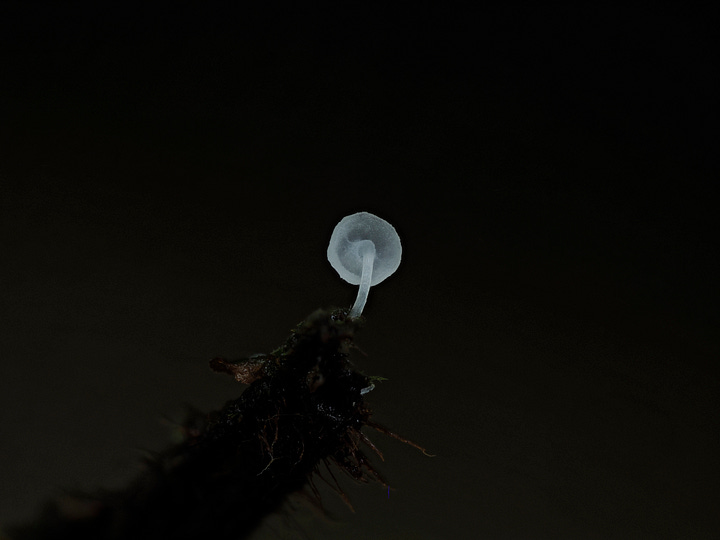
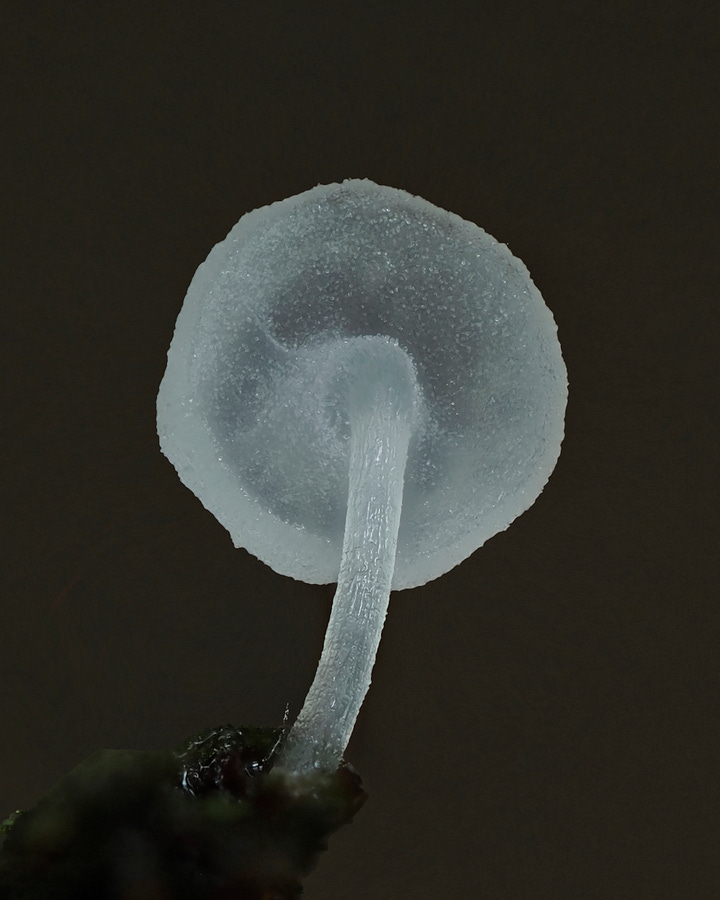
Near the part of the trail where glow worms hang, I once found glowing Mycena podocarpi mycelium. This time, I came across young Armillaria novae-zelandiae, also known as Austral Honey Mushrooms. At night, I took a long exposure and caught the glowing veil.
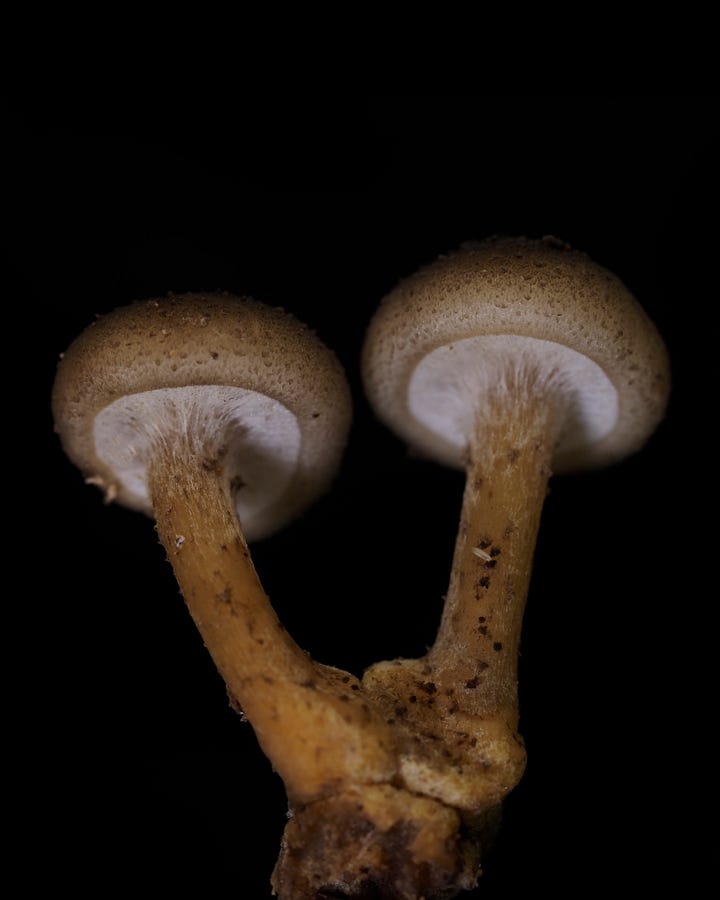
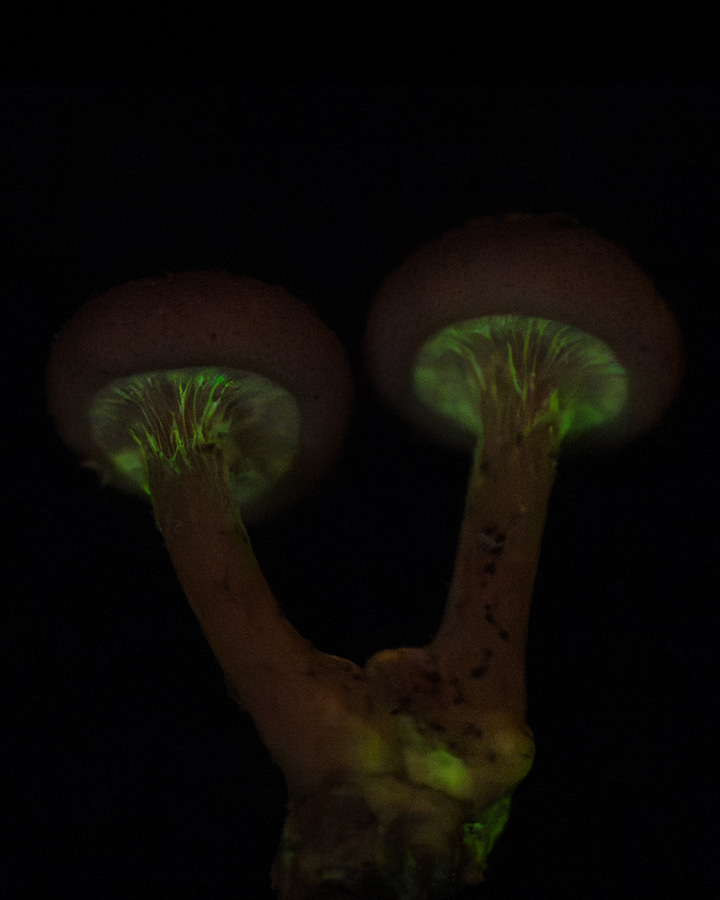
Other notable species included: Phaeoclavulina sp., Hydnangium kanuka., Hygrophorus involutus, members of Tribe Humidicuteae, and a fungal parasite, Neobarya agaricicola.
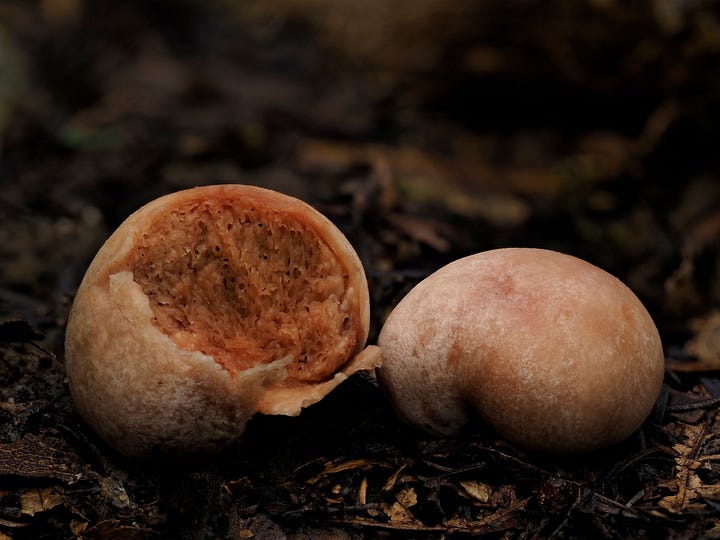
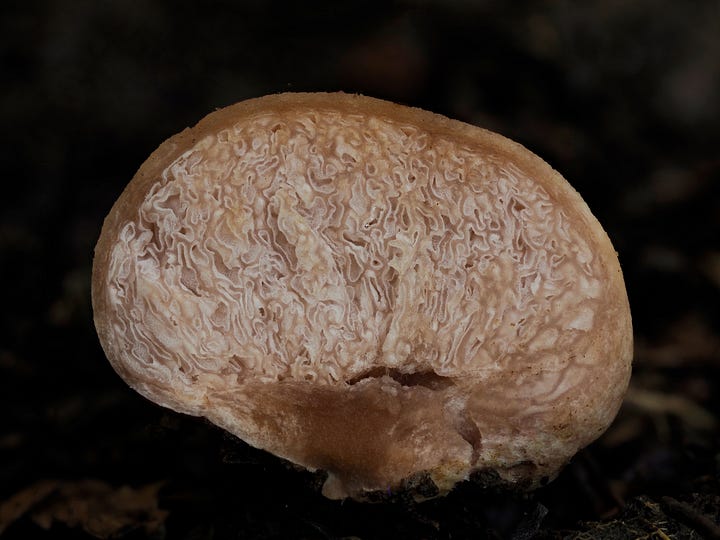
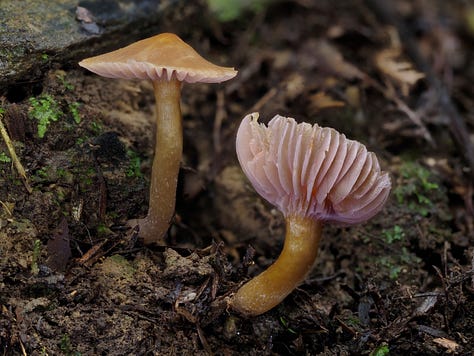

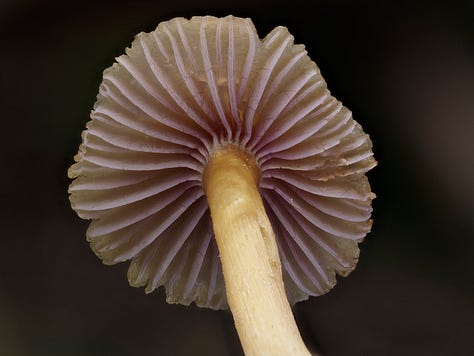
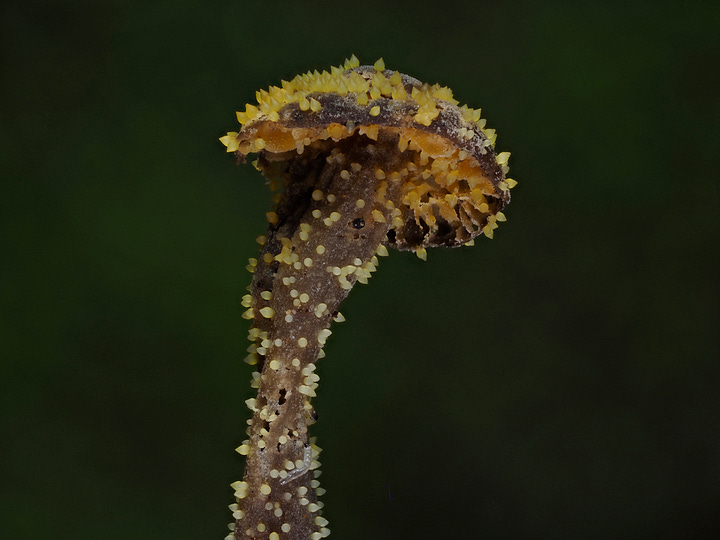





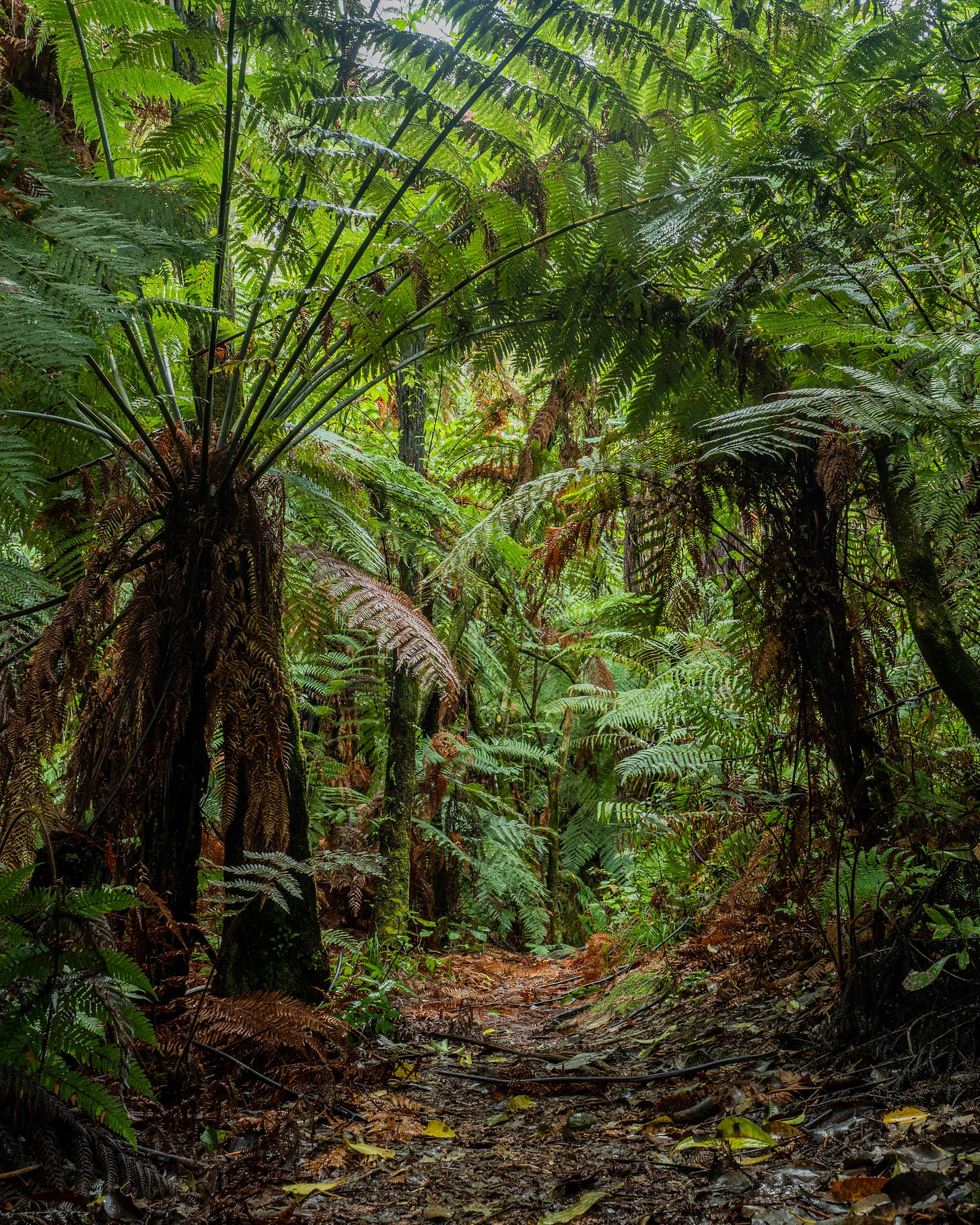
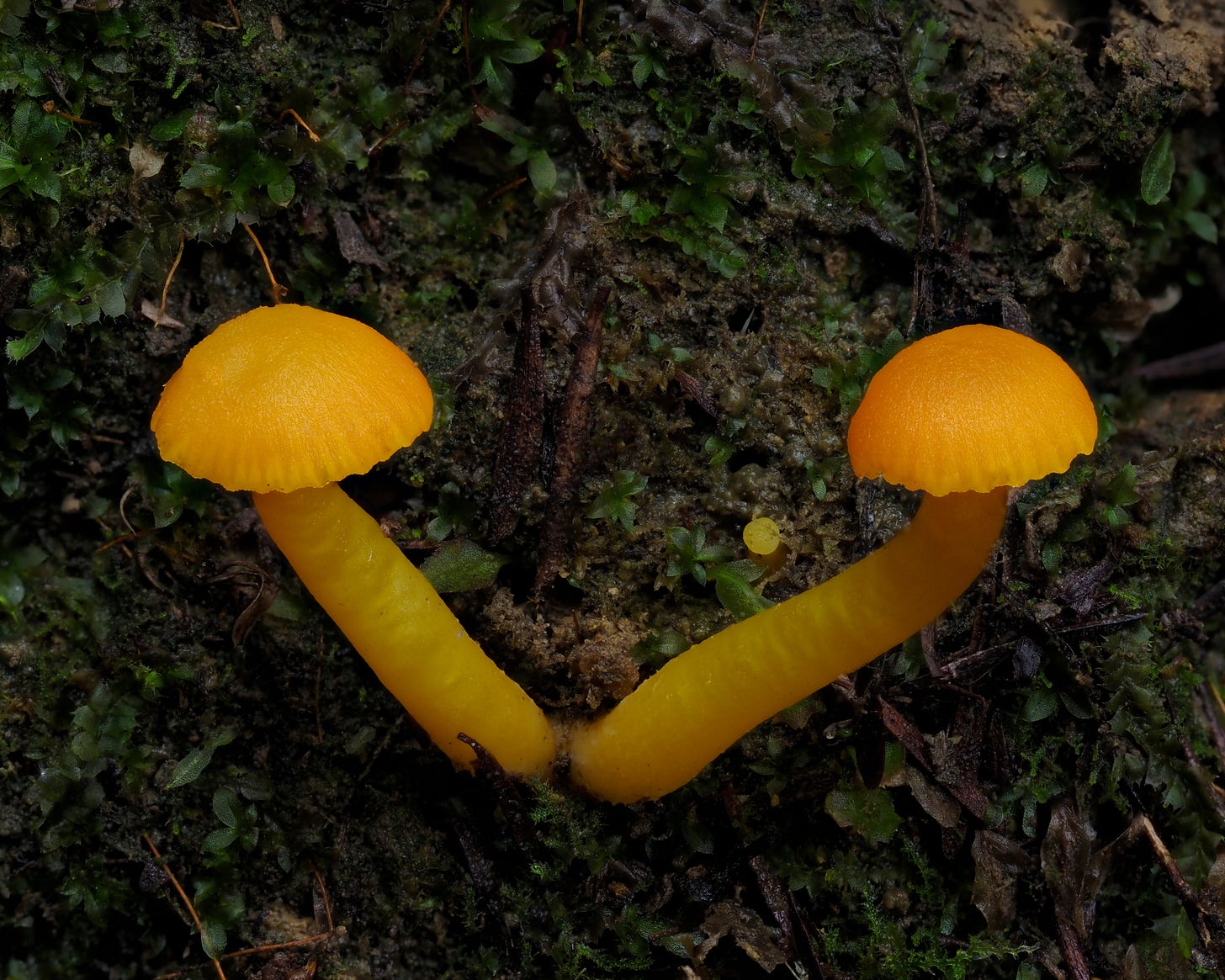

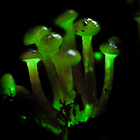

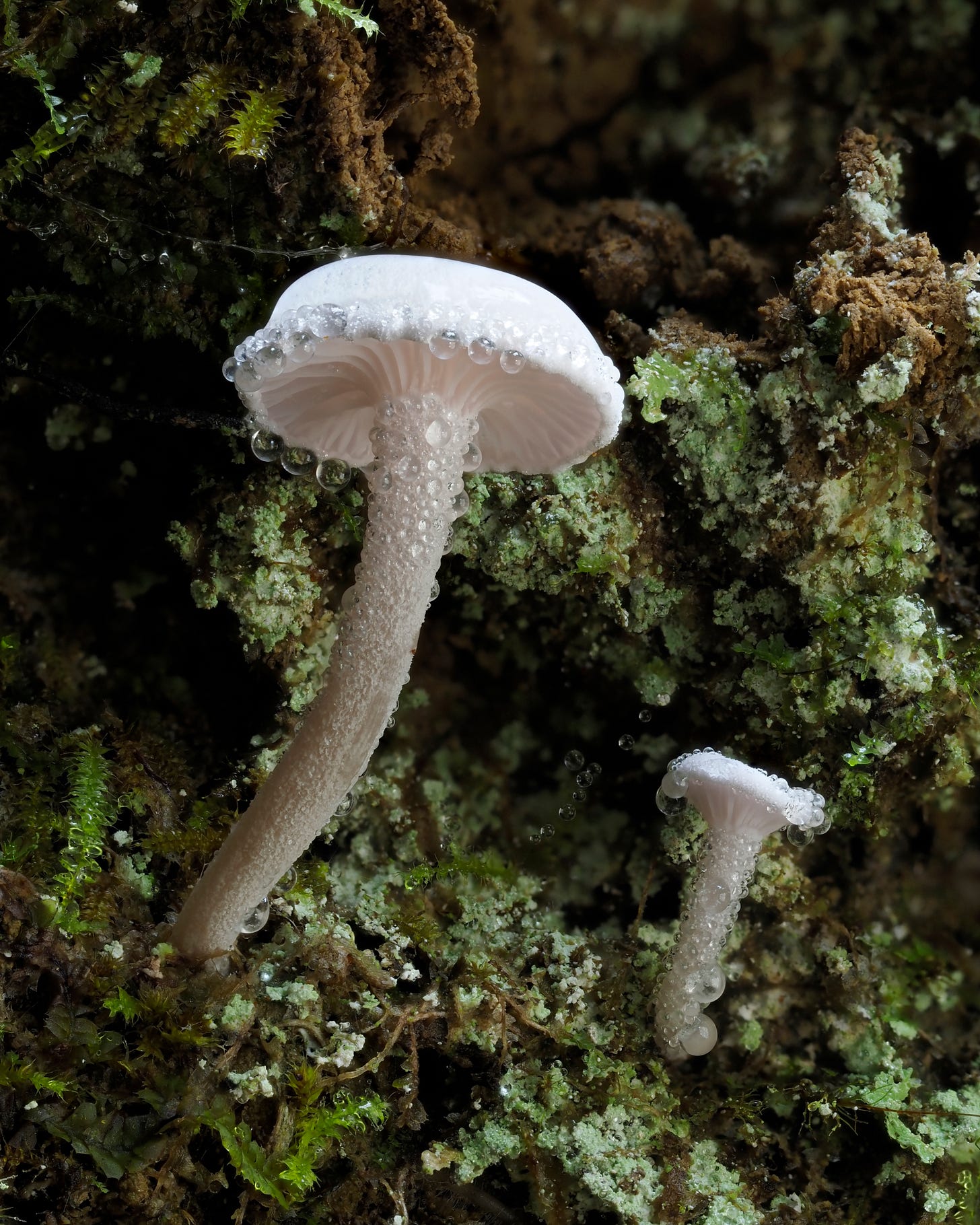
Man, that was the mother lode. Too many incredible specimens to even call one or two out. Your friend is right - getting a little wet is worth what you can catch during and after the rain.
So much beauty! Exquisite! Thank you, thank you, thank you!